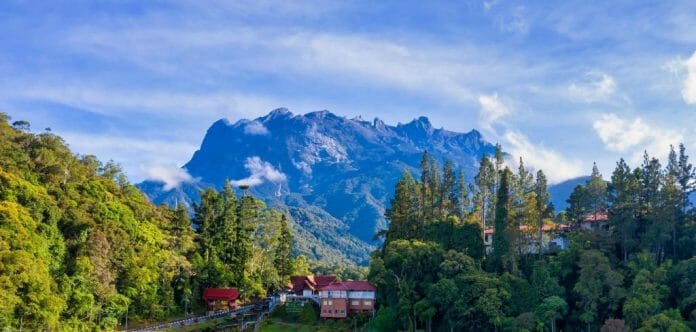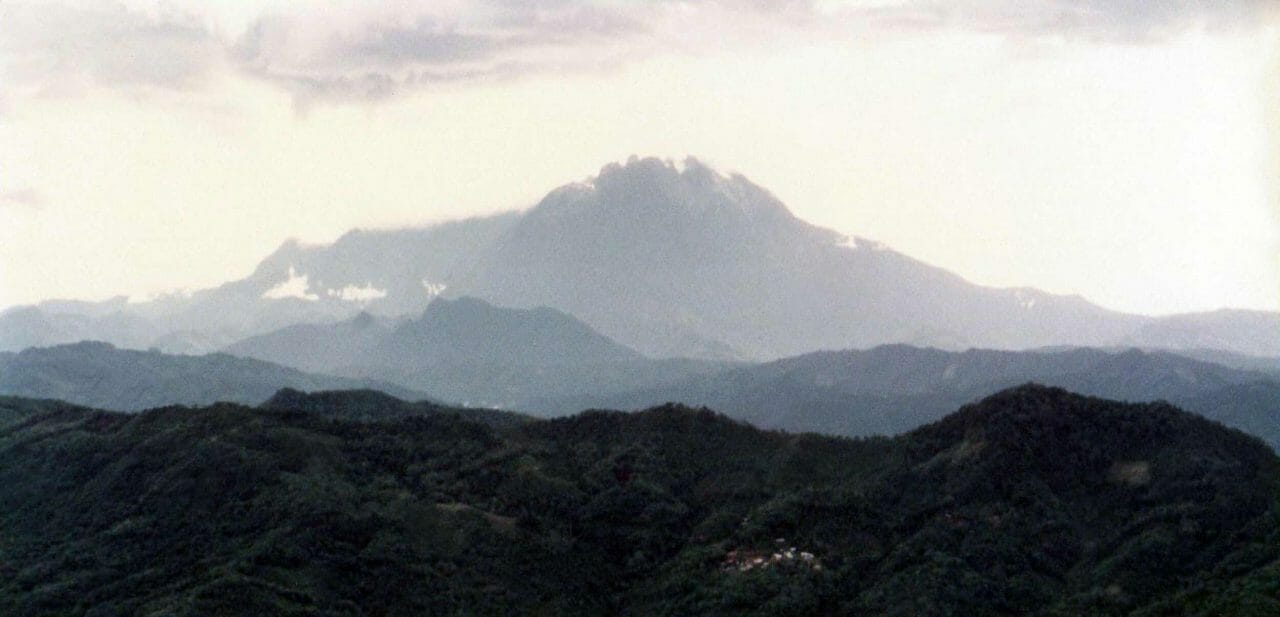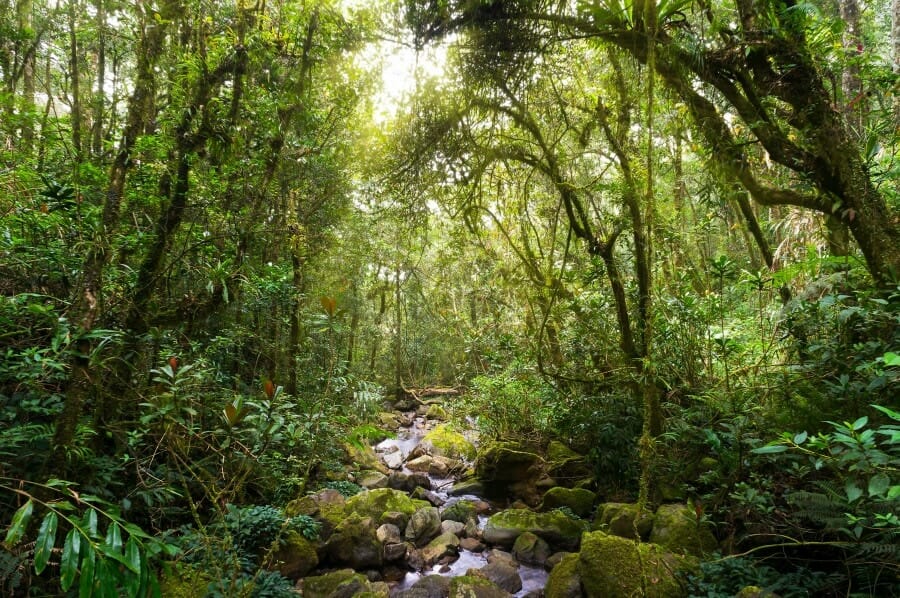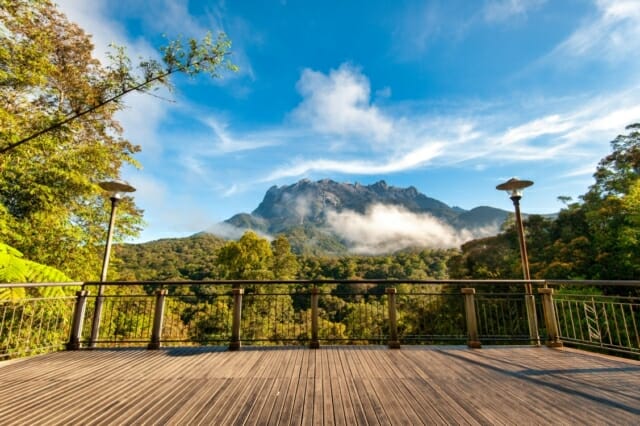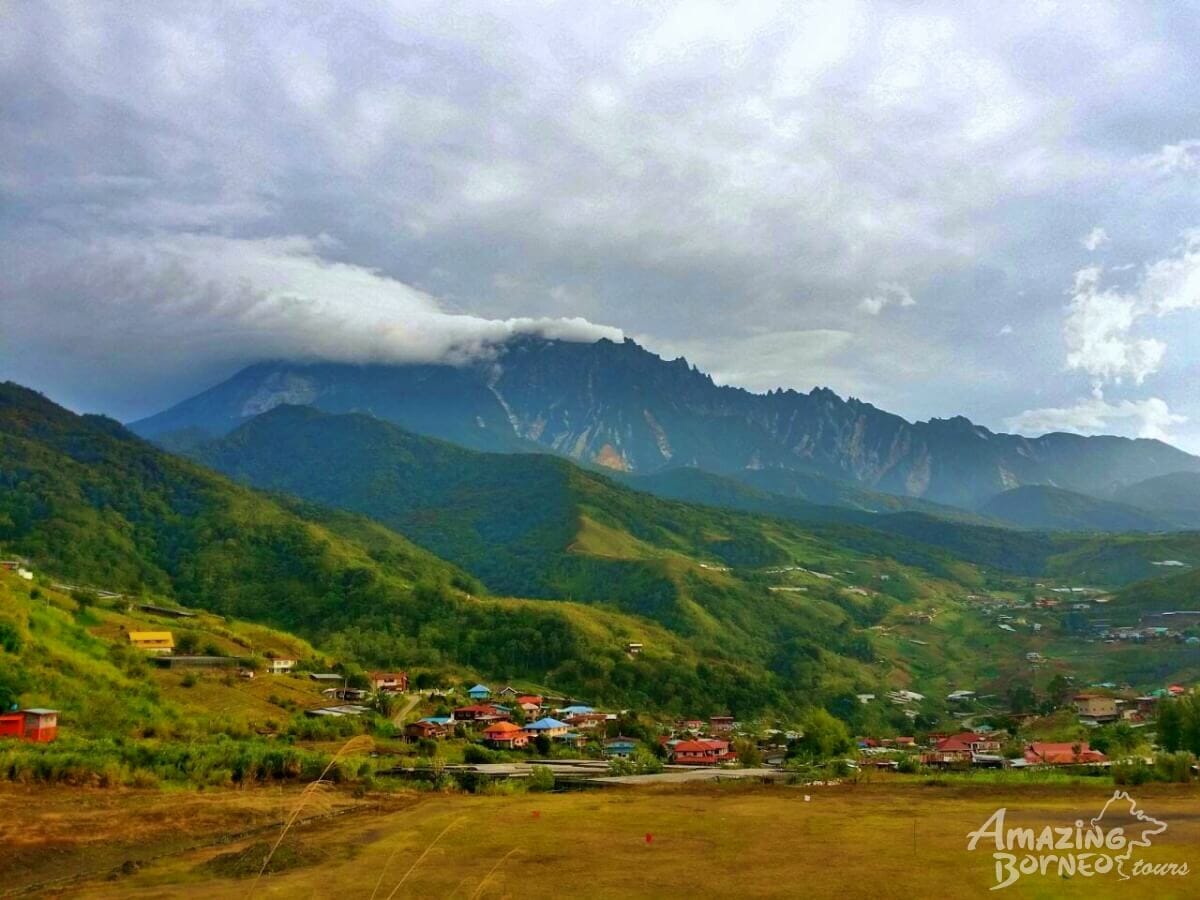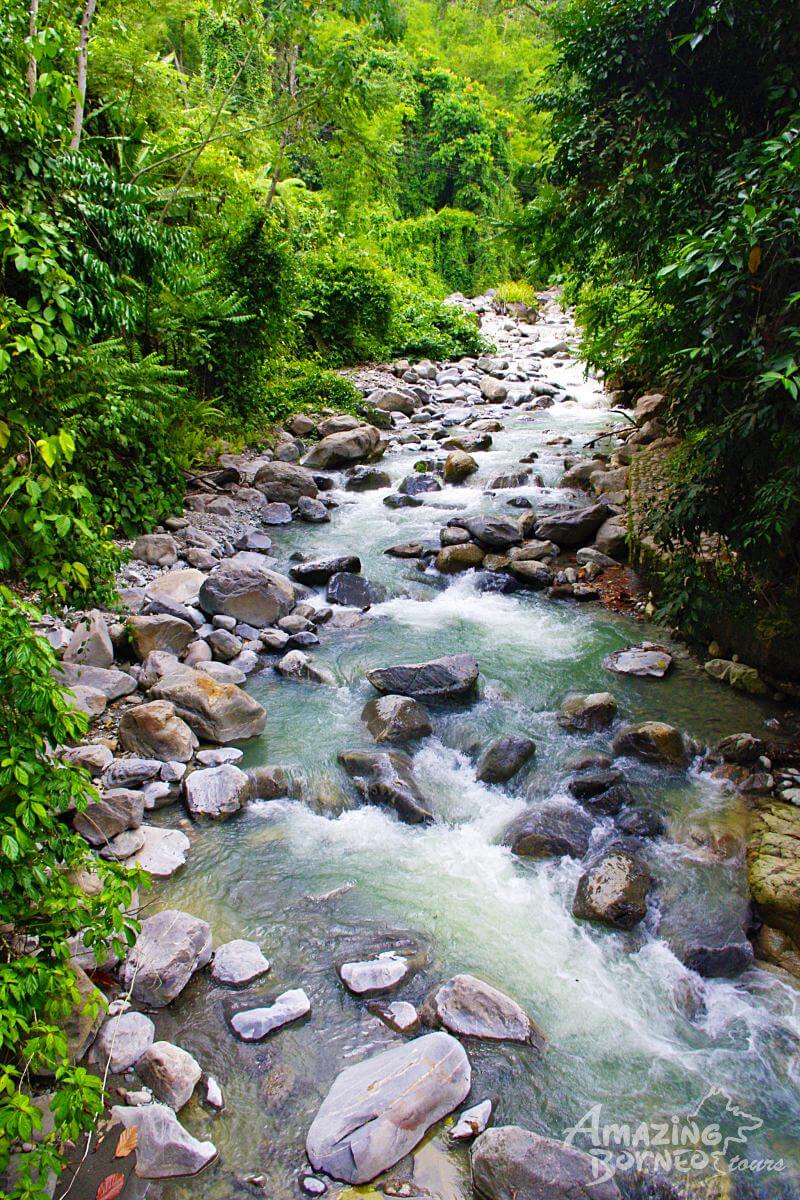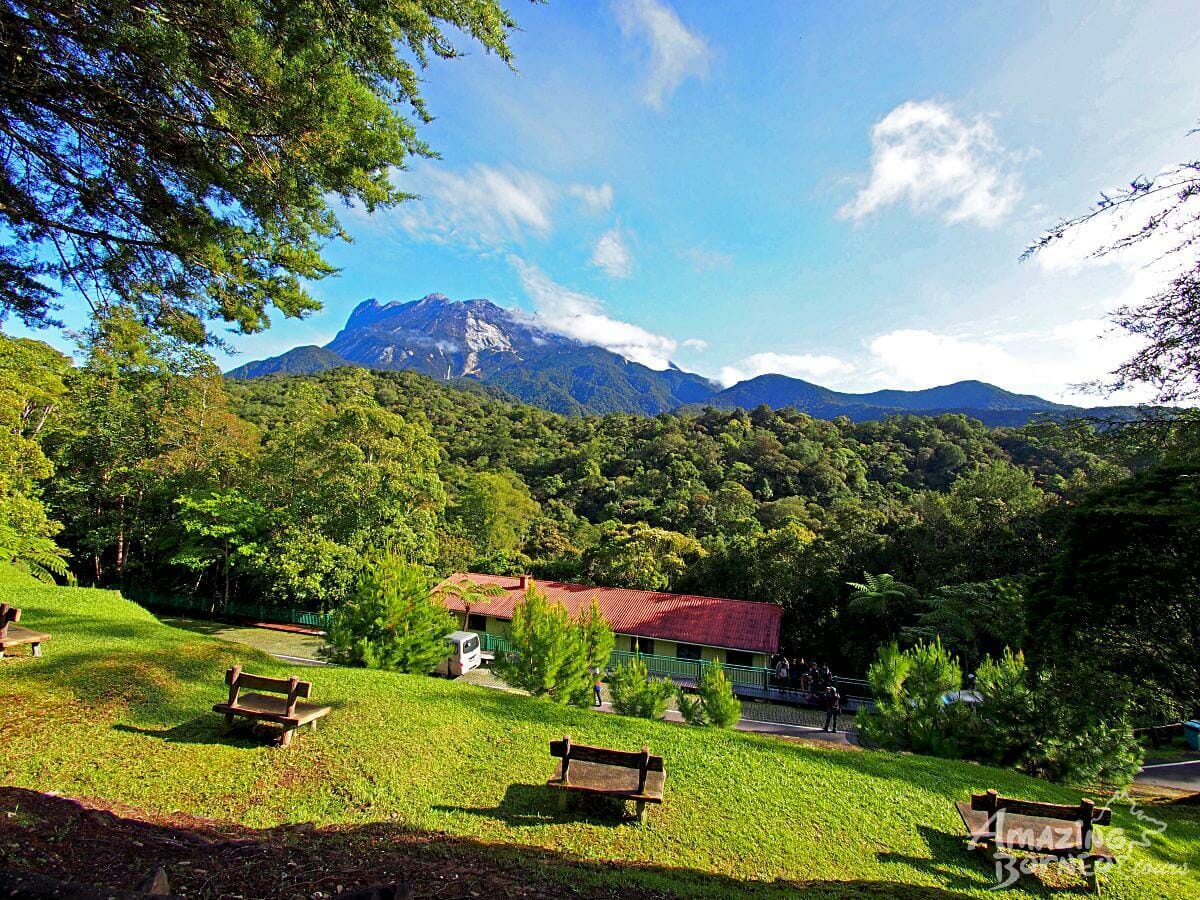Kinabalu Park, an easy 2 hours scenic drive from Kota Kinabalu, is a popular getaway and one of the must visit places in Sabah, where travellers can get to enjoy the cool invigorating air (16- 21 degree Celsius) and witness the majestic view of Mt Kinabalu. The park offers a variety of activities perfect for chilled travellers looking for a walk in the park and for the more adventurous who seek to conquer Kinabalu Park’s centrepiece, Mount Kinabalu. Fondly nicknamed Aki Nabalu, mountaineers flock to take on this majestic cloud buster.
Travellers can also choose to visit to taste fresh gelato at Desa Dairy Cow Farm, sip on organic tea at Sabah Tea Gardens, hike the many available trails, take a dip in Poring Hot Springs, walk a treetop canopy or have a little history lesson at the Kundasang War Memorial.
Kinabalu Park is the World Heritage Site which covers 75,370 ha (bigger than Singapore). Geologically, Kinabalu Park is a granite intrusion formed 15 million years ago and thrust upward one million years ago by tectonic movements and shaped by forces that continue to define its landscape. Despite its geological youth it is exceptionally high in species with living relics of natural vegetation remaining, over 93% of the Park area.
The altitudinal range of the property, 152m – 4,095m, presents a wide array of habitats from rich tropical lowland and hill rainforest (35% of the park) to tropical montane forest (37%), and sub-alpine forest and scrub at the highest elevations.
For simple short trekking, one may find the numerous guided nature trails around Kinabalu Park a wonderland, as you may stumble upon rare botanical species and who knows, be the first to make new new discoveries of rare and endemic plants.
Kinabalu Park contains an estimated 5,000-6,000 vascular plant species including representatives from more than half the families of all flowering plants. The presence of 1,000 orchid species, 78 species of Ficus, and 60 species of ferns is indicative of the botanical richness of the property. The variety of Kinabalu’s habitats includes six vegetation zones, ranging from lowland rainforest to alpine scrub at 4,095m. Faunal diversity is also high and the property is an important centre for endemism. The majority of Borneo’s mammals, birds, amphibians and invertebrates (many threatened and vulnerable) are known to occur in the park including; 90 species of lowland mammal, 22 mammal species in the montane zone and 326 bird species.
Mount Kinabalu Botanical Garden
This Mountain Garden is a 5-acre Garden, one of the biggest attractions at Kinabalu Park. Flora from all over the Park has been replanted here, making it an excellent diverse plant garden exhibit. Learn about the medicinal values of some of the plants from our local guide during the tour with us!
Accomodation
There are hotels, lodges, chalets and hostels at Kinabalu Park, Kundasang, Ranau and Poring to suit ones budget. Staying inside the Park itself can costs you more than double or triple the cost of staying in the towns of Kundasang or Ranau. This is because the accommodation in the Park itself is better managed and has limited rooms in order to limit population size, so as to protect the World Heritage Site.
For whom?
Kinabalu Park is definitely on the bucketlist of many. Even if climbing Mount Kinabalu itself is out of the question, Kinabalu Park itself presents a large number of accommodations which make for a phenomenal getaway destinations for families, friends, and couples to build unforgettable memories in cooling temperatures.


